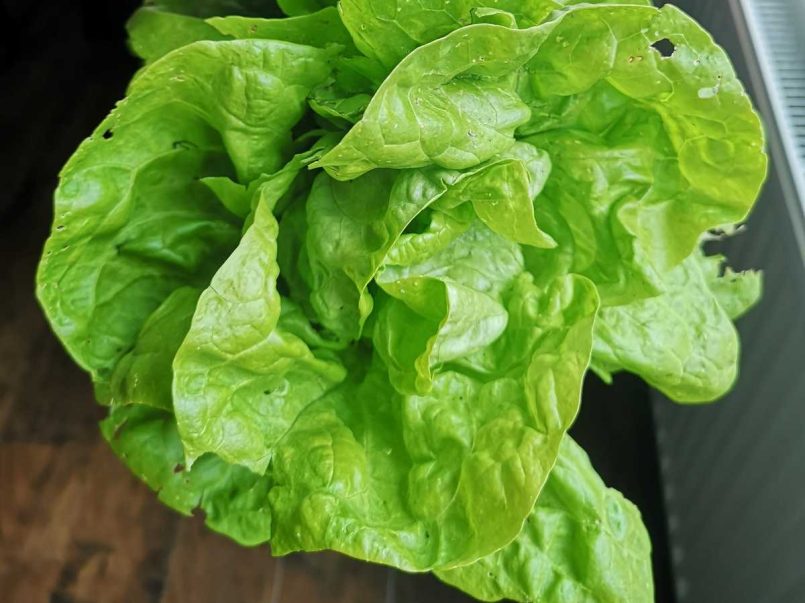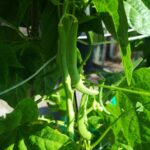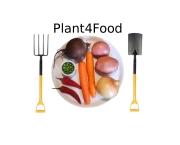Lettuce is one of the easiest and quickest crops to grow. It can be grown in pots, even where space is limited. It’s high in vitamins and minerals, as well as being a good hydrator for the body – it’s 95% water. It’s not just for summer either, many types of lettuce can be grown all year round. Find out how to grow lettuce so you can have a constant supply.
10 reasons to grow lettuce
- Packets of cheap seeds readily available in most shops.
- Seeds germinate quickly in any compost.
- Growth is fast.
- You only need a small growing area, or a grow bag, pot or planter.
- Pests or diseases are rare.
- Low maintenance, they just need water.
- Many varieties can be cut, allowing leaves to keep growing from the same plant.
- They contain vitamin and minerals, plus they hydrate the body.
- Easy to prepare – just wash well.
- They add colour and bulk to salads or side dishes.
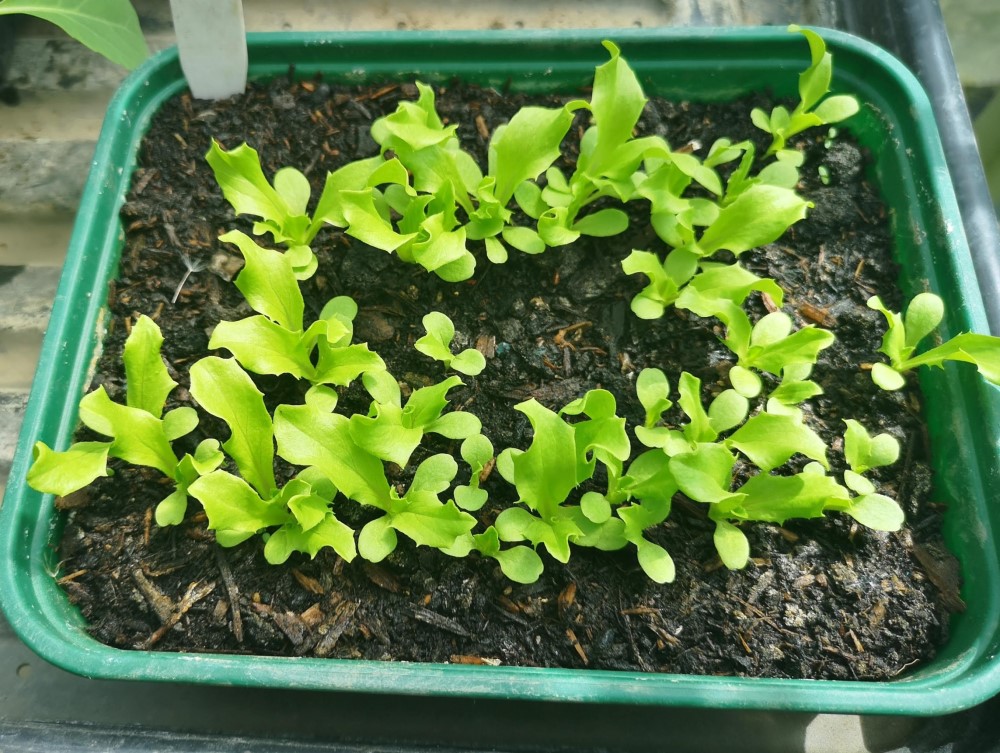
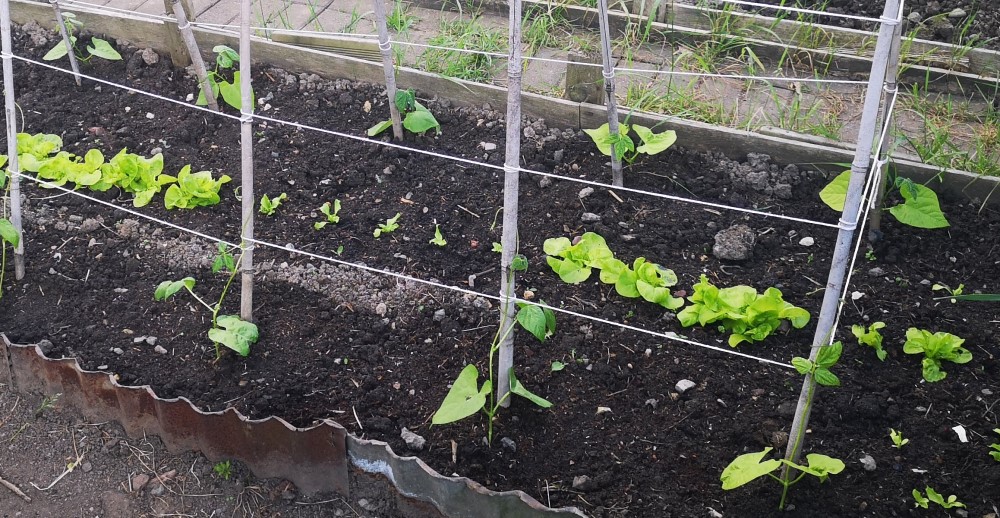
Our lettuce last year – what we did
On 24th April, we sowed some seeds, both in trays and in the ground. The seed trays were kept inside the greenhouse, but the plants grew much faster in the ground. By the time we planted the seed tray plants outside on 28th May, the outdoor-sown plants were much bigger.
There’s no point starting seeds in trays during spring and summer so we plant them straight outside now. On 6th June we sowed some more seeds outside.
We started harvesting our first batch of lettuces on 13th June, seven weeks after sowing them in the ground.
Next year, we intend to start sowing lettuce in early spring to have a longer supply.
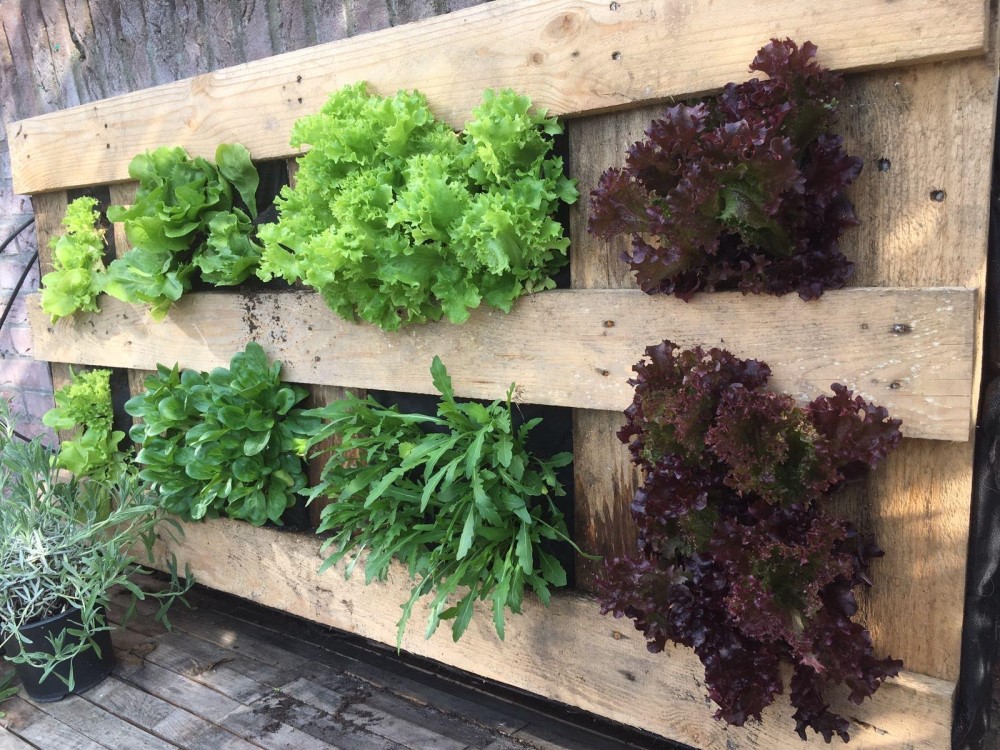
Recommended varieties: Butterhead and Reine des Glaces
How to grow lettuce
What you’ll need:
- Lettuce seeds
- Some compost
- Watering can or jug
- Plant pot/planter if not growing in the ground
- If the weather is cold – seed tray on a sunny windowsill, greenhouse/polytunnel or under glass/fleece
What you’ll do:
- Check first on your packet of lettuce seeds, but you can usually start off lettuce seeds any time from March onwards. If the weather is still cold, then start off in trays or small pots undercover first. When it’s warmer, just scatter seeds thinly on damp ground, or in a large plant pot of damp compost if growing in a pot.
- Lightly cover with some compost and pat down gently.
- Water and keep watering every few days throughout the growing season if dry. Don’t overwater them.
- Sow more seeds and repeat the process every few weeks for a continuous supply, or just keep cutting off the leaves you need from the plants you already have.
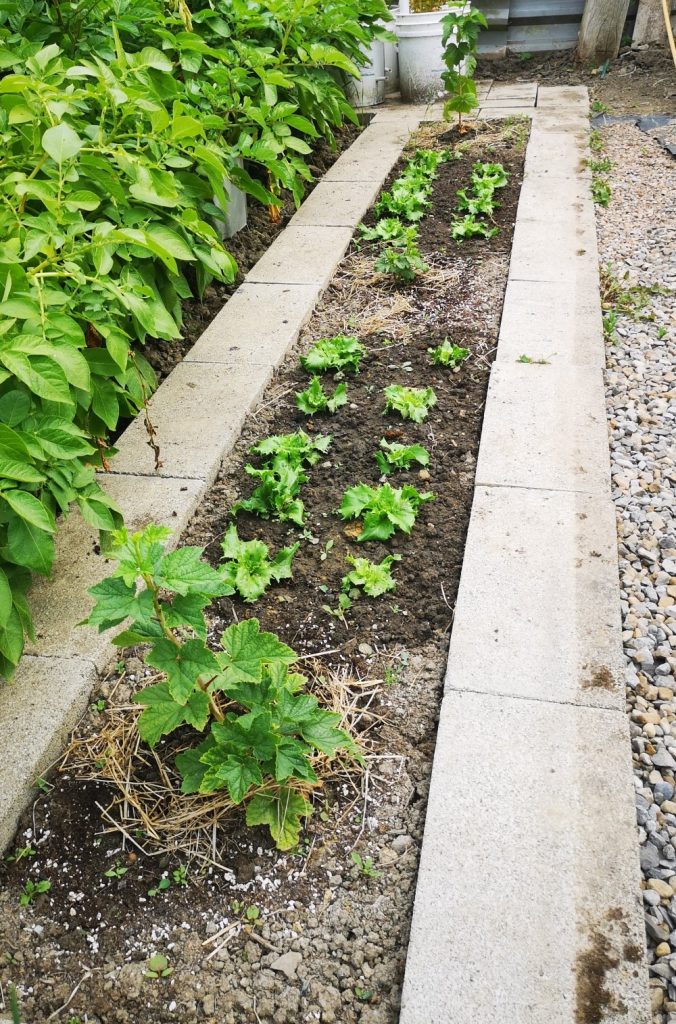
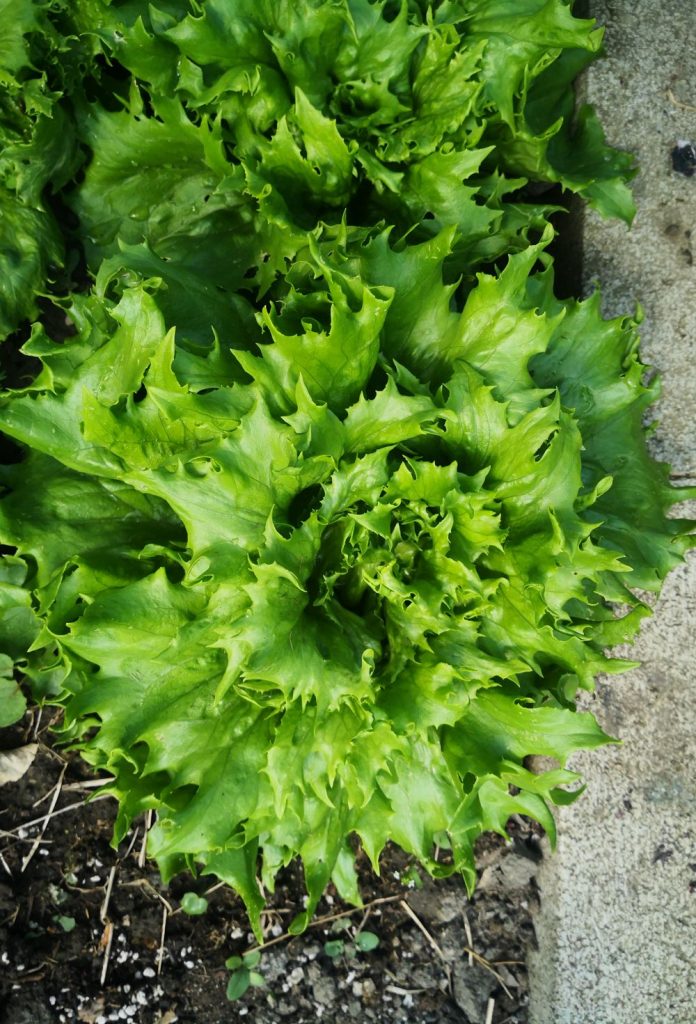
Growing lettuce throughout the year
If it’s cold when you start the seeds, sow them in seed trays, either in the house, greenhouse or polytunnel.
If it’s still cold once they have developed at least four true leaves, then either plant in larger pots or in the ground, but they may need cover to keep them warm. To protect from the cold, either cover with horticultural fleece outside or grow under glass or in a polytunnel.
Caring for lettuce
As lettuce is 95% water, you can guess what it needs most – water and definitely in hot weather!
If they start to look cramped as they grow, pull up a few plants to eat. This will free up space for the others.
If you want to give them a boost then water them with a homemade nitrogen nettle feed, but only when they are more established.
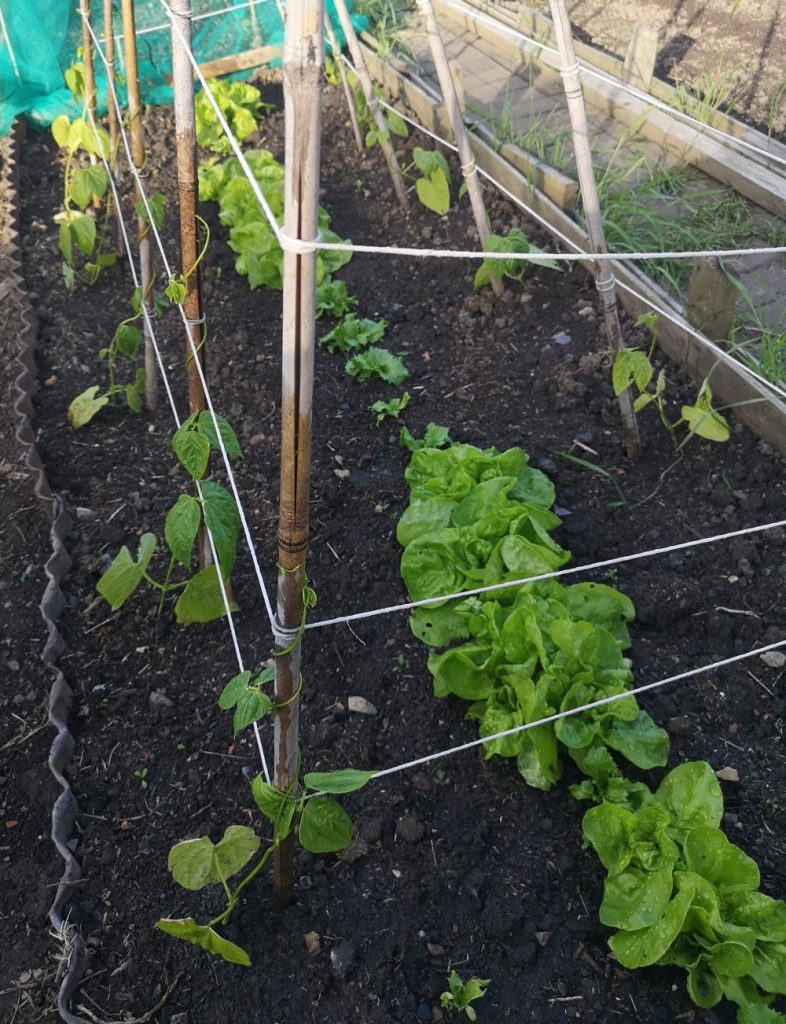
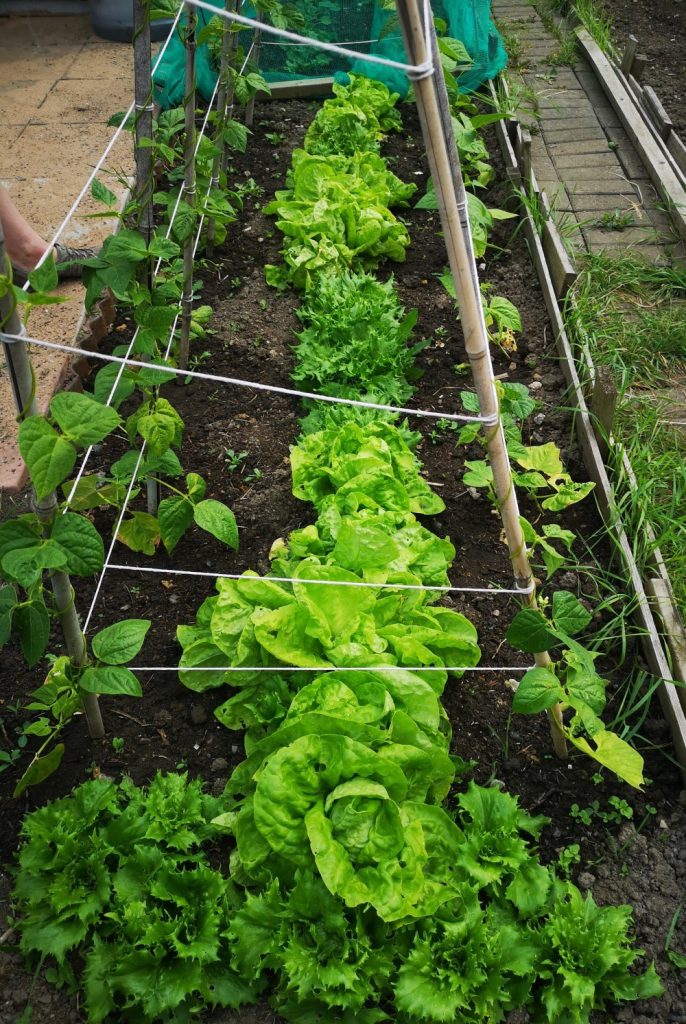
Harvesting lettuce
To harvest the whole lettuce (for lettuces forming a heart) – carefully grab hold of the base of the lettuce and pull.
To harvest the lettuce leaves only (for loose-leaf lettuce) – simply cut off leaves using scissors and new leaves will grow in their place.
Problems
As long as you water them during dry periods, you shouldn’t encounter any problems.
Slugs can find them appealing, but we have never seen them cause much damage.
Storing lettuce
Put the leaves/lettuces in a plastic bag and store them in the fridge drawer.
